Search the Special Collections and Archives Portal
Search Results
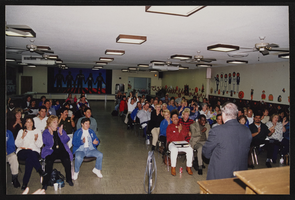
Frontier Victory announcement, Culinary Union, Las Vegas (Nev.), 1997 October 28 (folder 3 of 6), image 54
Date
1997-10-28
Description
Arrangement note: Series I. Demonstrations, Subseries I.A. Frontier Strike
Image
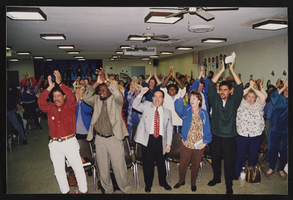
Frontier Victory announcement, Culinary Union, Las Vegas (Nev.), 1997 October 28 (folder 3 of 6), image 55
Date
1997-10-28
Description
Arrangement note: Series I. Demonstrations, Subseries I.A. Frontier Strike
Image
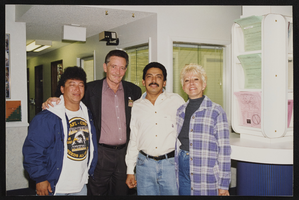
Frontier Victory announcement, Culinary Union, Las Vegas (Nev.), 1997 October 28 (folder 3 of 6), image 56
Date
1997-10-28
Description
Arrangement note: Series I. Demonstrations, Subseries I.A. Frontier Strike
Image

Frontier Victory announcement, Culinary Union, Las Vegas (Nev.), 1997 October 28 (folder 3 of 6), image 57
Date
1997-10-28
Description
Arrangement note: Series I. Demonstrations, Subseries I.A. Frontier Strike
Image
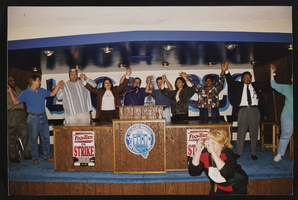
Frontier Victory announcement, Culinary Union, Las Vegas (Nev.), 1997 October 28 (folder 4 of 6), image 1
Date
1997-10-28
Description
Arrangement note: Series I. Demonstrations, Subseries I.A. Frontier Strike
Image

Frontier Victory announcement, Culinary Union, Las Vegas (Nev.), 1997 October 28 (folder 4 of 6), image 2
Date
1997-10-28
Description
Arrangement note: Series I. Demonstrations, Subseries I.A. Frontier Strike
Image
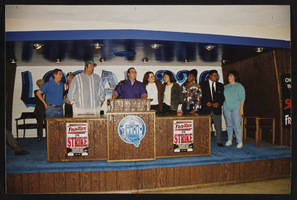
Frontier Victory announcement, Culinary Union, Las Vegas (Nev.), 1997 October 28 (folder 4 of 6), image 3
Date
1997-10-28
Description
Arrangement note: Series I. Demonstrations, Subseries I.A. Frontier Strike
Image

Frontier Victory announcement, Culinary Union, Las Vegas (Nev.), 1997 October 28 (folder 4 of 6), image 4
Date
1997-10-28
Description
Arrangement note: Series I. Demonstrations, Subseries I.A. Frontier Strike
Image

Frontier Victory announcement, Culinary Union, Las Vegas (Nev.), 1997 October 28 (folder 4 of 6), image 5
Date
1997-10-28
Description
Arrangement note: Series I. Demonstrations, Subseries I.A. Frontier Strike
Image

Frontier Victory announcement, Culinary Union, Las Vegas (Nev.), 1997 October 28 (folder 4 of 6), image 6
Date
1997-10-28
Description
Arrangement note: Series I. Demonstrations, Subseries I.A. Frontier Strike
Image
Pagination
Refine my results
Content Type
Creator or Contributor
Subject
Archival Collection
Digital Project
Resource Type
Year
Material Type
Place
Language
Records Classification
